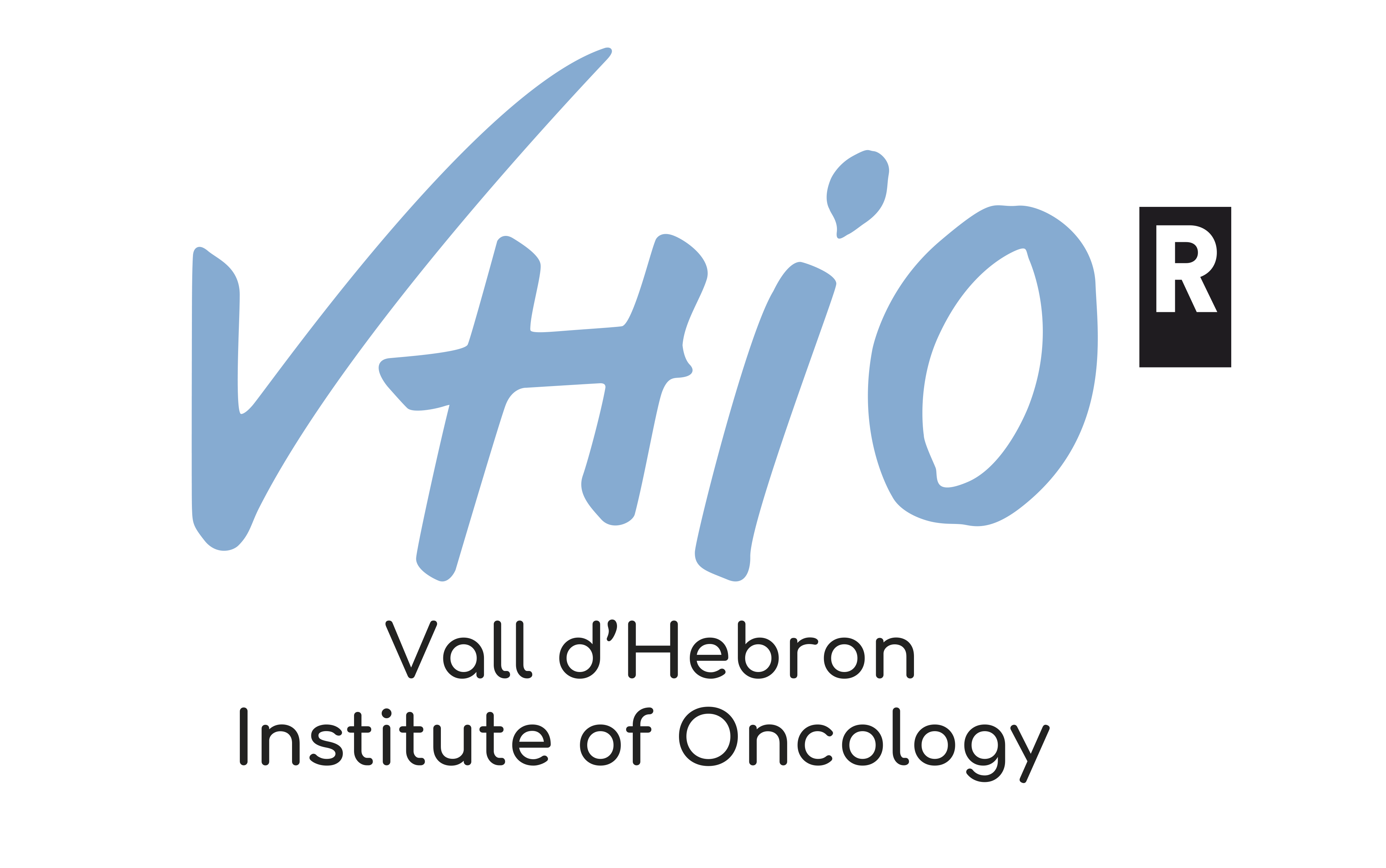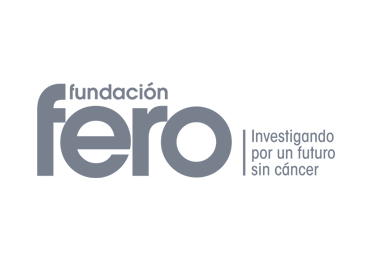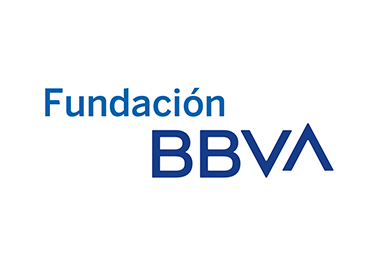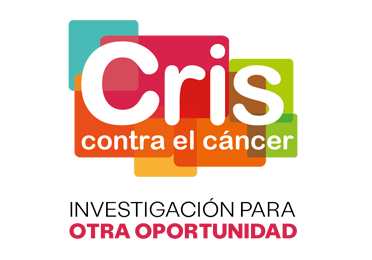Now in its 39th annual edition, the San Antonio Breast Cancer Symposium (SABCS) is the world´s largest, multidisciplinary breast cancer meeting showcasing the very latest clinical and translational research advancements. Celebrated 6 – 10 December, Texas, USA, the SABCS five-day program of excellence is expected to draw an attendance of 7,500 participants from more than 90 countries.
Joining this week´s most prestigious gathering, several leading VHIO physician-scientists are presenting their latest research with first outing data set to headline within the scope of one of the key symposium themes for 2016: using tumor genomics and precision medicine to develop and test novel drugs in clinical trials. Out of VHIO´s SABCS collection for 2016, we have hand-picked the following two studies, carried out in partnership with the cooperative academic breast cancer group SOLTI:
Efficacy and gene expression results from SOLTI1007 NEOERIBULIN phase II clinical trial in HER2-negative early breast cancer
- Patients with HER2-enriched and Luminal B intrinsic subtypes of breast cancer, defined by differential expression of 50 genes (PAM50), are likely to benefit most from eribulin therapy
Eribulin is the only anticancer agent to have demonstrated a significant prolongation in survival in patients with breast cancer. Up until now, no biomarker has been available to facilitate the prospective selection of patients who will derive the most benefit from this chemotherapeutic.
It is thanks to the findings reported in the SOLTI1007-Neoribulin study led by Javier Cortés, Associate Translational Investigator at VHIO and Head of the Breast Cancer Section and Gynecological Tumors at the Ramon and Cajal University Hospital, in collaboration with Aleix Prat, Principal Investigator of VHIO´s Translational Genomics Group and Head of the Oncology Service at the Hospital Clínic de Barcelona, that the efficacy of this treatment can now be associated with the pre-treatment expression of RNA in patients with HER2-negative breast cancer treated with neoadjuvant eribulin.
“The results of this phase II study are based on data from more than 170 patients and have revealed that patients with HER2-enirched and Luminal B disease respond better to treatment with eribulin compared with patients with other breast cancer subtypes. In addition, our gene expression data further backs previous preclinical evidence suggesting that this therapy triggers a phenotypic conversion,” observes Aleix Prat, co-author of the study presented during SABCS as a poster communication.
PAM50 intrinsic subtype as a predictor of pathological complete response following neoadjuvant dual HER2 blockade without chemotherapy in HER2-positive breast cancer: First results of the PAMELA clinical trial
- First results from the PAMELA multi-center translational clinical trial evidence HER2-enriched (HER2-E) breast cancer subtype as a powerful predictor of sensitivity to dual HER2 blockade with HER2+ breast cancer in the absence of chemotherapy, and justify studies evaluating long-term survival outcomes of chemo-free dual HER2 blockade post selection of patients based on intrinsic subtyping
In an oral session on 08 December the very first results from the PAMELA multi-center trial were revealed. The study was led by Antonio Llombart-Cussac, Head of the Medical Oncology Service of the Hospital Arnau de Vilanova (Valencia, Spain), Javier Cortés, Associate Translational Investigator at the Vall d´Hebron Institute of Oncology (VHIO), and Head of the Breast Cancer Section and Gynecological Tumors at the Ramon y Cajal University Hospital (Madrid, Spain), and Aleix Prat, PI of VHIO´s Translational Genomics Group and Head of the Oncology Service at the Hospital Clínic de Barcelona — all members of cooperative academic breast cancer group SOLTI, in collaboration with co-collaborators at several different sites across Spain and Italy.
“Our research centered on testing the hypothesis that the HER2+/HER2-E intrinsic subtype benefits the most from dual HER2 blockade in the absence of chemotherapy and also serves as predictor of response following the treatment with dual anti-HER2 therapies,” explains Javier Cortés, one of the co-leaders of the study.
Up until now, previous neoadjuvant studies in HER2+ breast cancer have shown that dual HER2 blockade without the combination of chemotherapy achieves pathological complete response (pCR – absence of residual tumor as well as metastasis) rates of between 6 – 36%. HER2+ breast cancer is not biologically homogeneous and not all subtypes of HER2+ tumors respond the same to this therapy. Among the existing genomic subtypes of HER2+ diseases established through PAM50, HER2-Enriched presents the greatest activation of the EGFR/HER2 signaling pathway.
Specially selected by SABCS as one of their pre-Symposium news bites, Can PAM50 predict pathologic complete response? Find out the first results of the PAMELA clinical trial at SABCS this year, PAMELA is a multi-center clinical trial fueled in part by a Susan G. Komen Grant awarded to Aleix Prat. The study design centers on evaluating the potential predictive value of intrinsic PAM50 subtypes in gauging pCR in breast tissue following 18 weeks´ treatment with dual neoadjuvant therapy — prior to surgery.
“By comparing complete pathological response in HER2-E breast tumors versus non-HER-2 subtypes in 151 patients, we discovered pCR to be significantly higher in HER2-E – 40.6% and 10% respectively,” observes Aleix Prat, who presented these results at SABCS today during an oral communication. The PAM50 HER2-E genomic subtype can help identify patients with HER2+ disease who would most likely derive greater benefit from dual anti-HER2 therapies. Furthermore, early changes in gene expression indicative of a reduction of tumor cellularity are predictive of pCR at surgery.
According to Cortés and Prat, “conclusions from the trial suggest that the HER2-E subtype is a faithful predictor of sensitivity to dual HER2 blockade without chemotherapy in HER2-positive breast cancer. PAM50 testing prior to treatment and in the second week of therapy facilitates much more predictive data beyond hormone receptors. The PAMELA study opens important avenues for future research aimed at evaluating long term survival of patients with HER2-positive disease receiving dual HER2 blockade without chemotherapy”.
Additional groups including VHIO´s Breast Cancer & Melanoma Group, headed by Cristina Saura, Molecular Oncology led by Paolo Nuciforo, and Early Clinical Drug Development championed by Jordi Rodón, have also collaborated in other studies presented throughout the course of SABCS 2016. All abstracts can be consulted directly via the SABCS website at: www.sabcs.org.
###
SABCS Session Details:
Efficacy and gene expression results from SOLTI1007 NEOERIBULIN phase II clinical trial in HER2-negative early breast cancer
Session: Poster Session 1: Prognostic and Predictive Factors: Response Predictive Factors – Clinical Testing and Validation
Date/Time: Wednesday, December 07, 2016 – 17:00h
Room: Hall 1
PAM50 intrinsic subtype as a predictor of pathological complete response following neoadjuvant dual HER2 blockade without chemotherapy in HER2-positive breast cancer: First results of the PAMELA clinical trial
Session: Oral Session: General Session 3
Date/Time: Thursday, December 8, 2016 – 10:00am
Room: Hall 3
###











